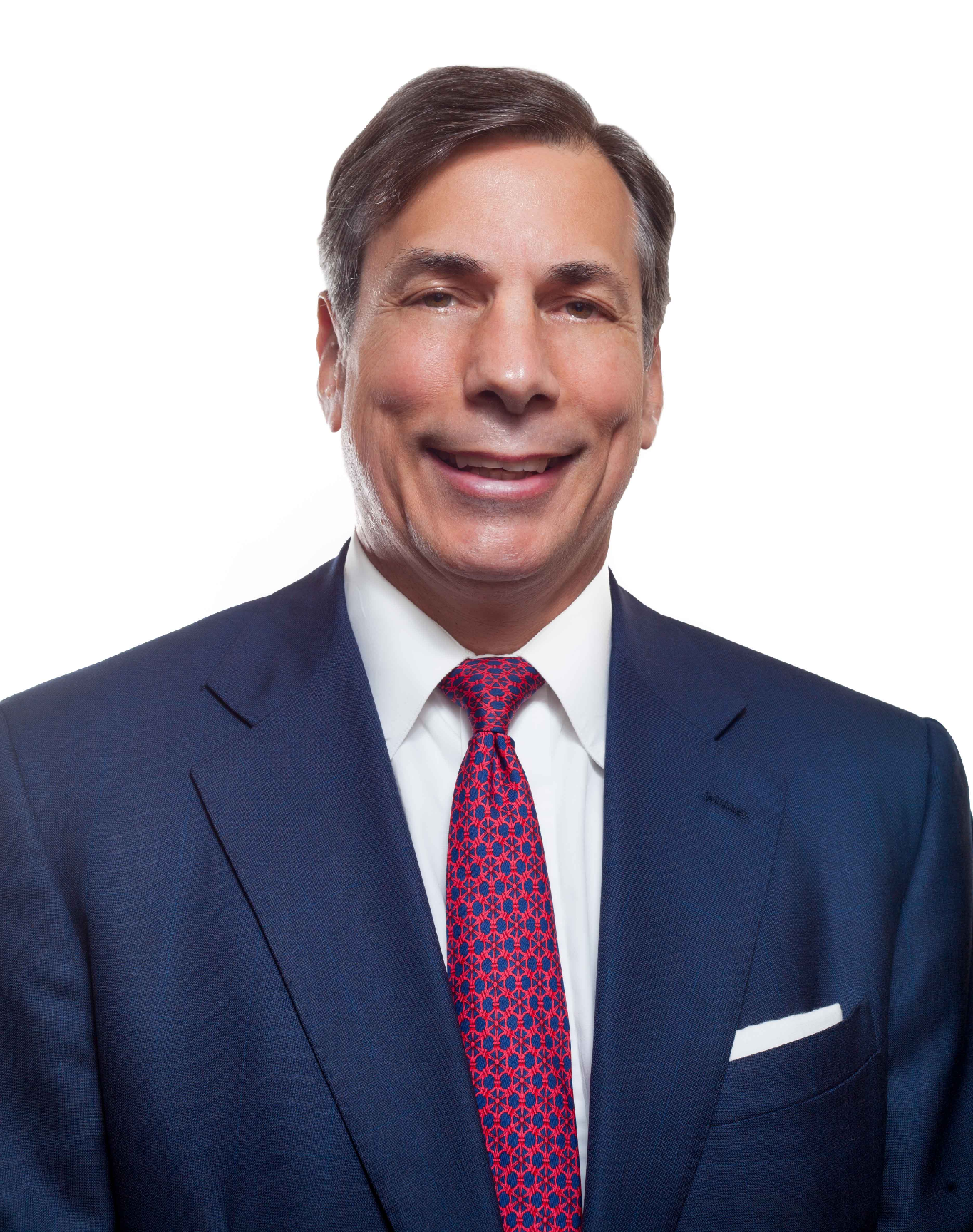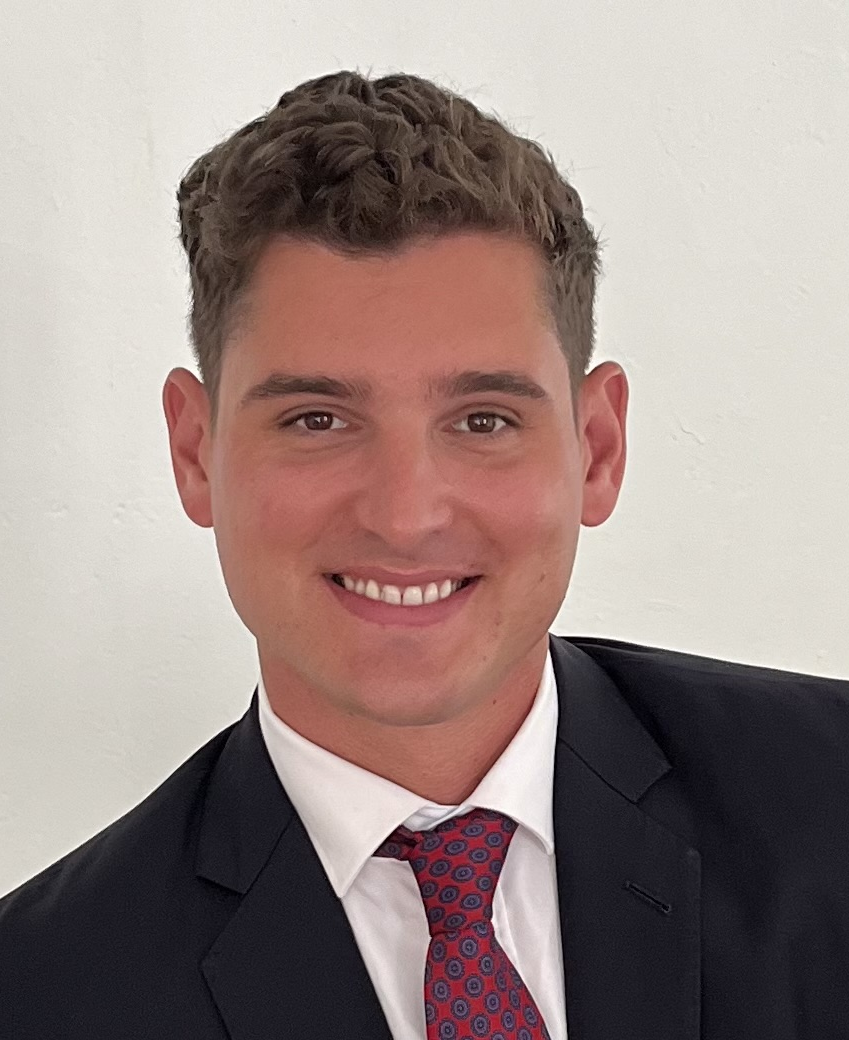Maximizing SECURE 2.0's Old, New, And Future Benefits For Both Employers And Employees
Capitalizing on the latest 401(k) enhancements
Posted on 08-27-2024, Read Time: 6 Min
Share:
Highlights:
- Automatic enrollment and catch-up contributions under SECURE 2.0 are game changers for maximizing retirement savings.
- Employers can leverage SECURE 2.0’s new provisions, like student loan matching, to enhance their benefits packages and attract top talent.
- With the age for required minimum distributions extended, employees now have a longer window for tax-deferred growth in retirement savings.

401(k)s offer employees the opportunity to save for retirement, a key aspect of financial wellness and alleviating financial stress, yet many employees and employers struggle to understand the specifics of their plans, especially new offerings. Because of this, plan advisors should work closely with businesses to educate HR departments and individual employees, promoting a benefits culture of transparency and accountability.
What is traditionally seen as a burden to all involved can be transformed into a comprehensive administrative program that attracts the best talent and offers state-of-the-art funds for long-term savings. The key to success lies in active participation in 401(k) programs, and well-informed, educated employers must keep up to date with the latest changes to 401(k) law.
SECURE 2.0: The Unknown Jackpot
In late 2022, the U.S. Department of Labor enacted the SECURE 2.0 Act, a continuation of the 2019 SECURE Act, which introduced several major changes to 401(k) laws aimed at expanding coverage, increasing retirement savings, and simplifying retirement plan rules. Although many don't know it, SECURE 2.0 gave millions of American employees a treasure chest of capabilities to create a better, more secure future for themselves, and those who take full advantage of these changes may significantly increase their assets available for retirement.Now is the time for employees and businesses to maximize benefits before the end of 2024, thus avoiding a planning crunch in Q4.
Key Considerations for Employers
1. Automatic Enrollment
Starting in 2025, most new 401(k) and 403(b) plans must automatically enroll eligible employees, starting at a contribution rate of at least 3% and increasing annually up to at least 10% (but not more than 15%). Employers should start planning for this change now to ensure smooth implementation. Plan advisors should share educational advice on "best practices" for strategies that allow the largest number of employees to save the greatest amount of money for retirement.2. Part-Time Employee Eligibility
SECURE 2.0 reduces the service requirement for long-term, part-time workers to participate in 401(k) plans from three years to two years. Employers should review their eligibility criteria and prepare to include more part-time workers in their plans.3. Small Business Tax Credits
SECURE 2.0 enhances the tax credit for small businesses starting new 401(k) plans. For small business owners, now is likely an excellent time to consider setting up a retirement plan for your employees.4. Matching Contributions for Student Loan Payments
Employers can help employees save for retirement while paying off student loans by matching their loan payments with 401(k) contributions, an attractive benefit for recruiting and retaining Gen Z and Millennial-aged employees. If structured and communicated intelligently, this employee advantage can turn a 401(k) plan into a benefit that competitor plans don't offer.Key Considerations for Employees
1. Catch-Up Contributions
Starting in 2025, individuals aged 60-63 will be able to make catch-up contributions of up to $10,000 annually or 150% of the regular catch-up amount, whichever is greater. Employees approaching this age range should consider adjusting their savings strategy to take advantage of this increased limit when it becomes available. Every employee nearing or in this age range should have this discussion privately in the one-on-one meetings with the retirement plan's advisor. The advisor can simply and transparently demonstrate the improvement these increased tax-free savings offer.2. Emergency Savings Accounts
Long-term financial wellness is important, but everyone can benefit from a shorter-term safety net. SECURE 2.0 allows employers to offer emergency savings accounts linked to 401(k) plans. These accounts can help employees build short-term savings without compromising their retirement funds. While not every employer offers this option, employers should consider utilizing it to strengthen their financial safety net.3. Required Minimum Distributions (RMDs)
The age for RMDs has increased to 73 and will further increase to 75 in 2033. This change allows for longer tax-deferred growth of retirement savings. Employees nearing retirement should consider these effects on their withdrawal strategy. Plan advisors can help employees clearly understand the potential benefits of this change and make an educated decision on their strategy.Action Steps for Employers Before Year-End
1. Review Current Plans: Both employers and employees should review their current retirement plans to identify the areas where SECURE 2.0 provisions could be beneficial.2. Update Plan Documents: Employers should work with their 401(k) plan advisors to update plan documents to reflect relevant SECURE 2.0 changes.
3. Educate Employees: Employers should ensure the plan advisor communicates these changes to their workforce in simplified, jargon-free language. By offering ample one-on-one time with advisors for each employee, each individual can better understand the new opportunities for saving and planning for their retirement.
4. Assess Financial Goals: Employees should collaborate with plan advisors to reassess their financial goals in light of these changes and adjust their tax-free retirement savings strategies accordingly.
5. Consider New Options: Employers should evaluate major announcements describing new 401(k) options, such as aforementioned emergency savings accounts or student loan matching, to enhance their benefits package.
6. Prepare for Automatic Enrollment: Employers not currently using automatic enrollment should start preparing for its implementation in 2025.
Lastly, employers who shift their mindset toward their 401(k) plan from a back-shelf offering into a key benefit will reap the greatest rewards due to its positive effect on talent acquisition and retention. This perspective shift will create a further ripple effect where even minor changes will significantly reduce the time and the corporate costs the HR department spends on 401(k) plan administration.
By taking these steps, both employers and employees can position themselves to take full advantage of the 401(k)-related benefits offered by SECURE 2.0. While some provisions have been rolled out since 2022, others have either been recently enacted or will be phased in over the coming years. Staying informed and proactive is key to maximizing the potential of these new retirement savings opportunities.
Authors’ Bios
 |
Steven Abernathy is the Principal and Chairman of the Board at The Abernathy Group II Family Office. He is also the Chief Investment Officer and Portfolio Manager at The Abernathy Group Growth Fund. |
 |
Matt Daley is the President of Abernathy Daley 401k Consultants. He is a management consultant, a published thought leader, and an expert in the administration of corporate 401k plans. |
Error: No such template "/CustomCode/topleader/category"!

